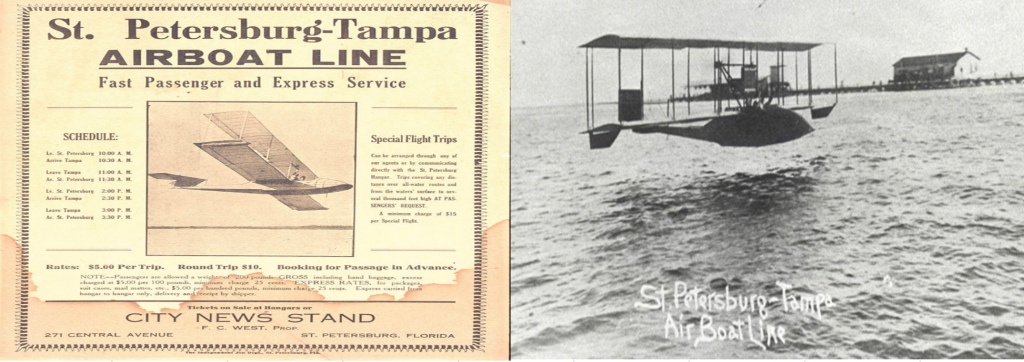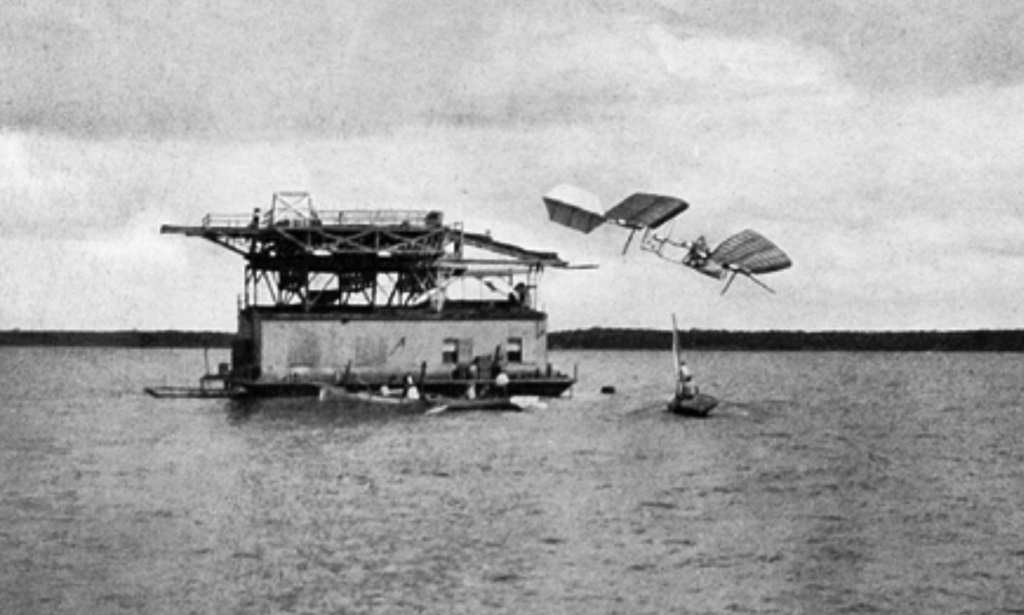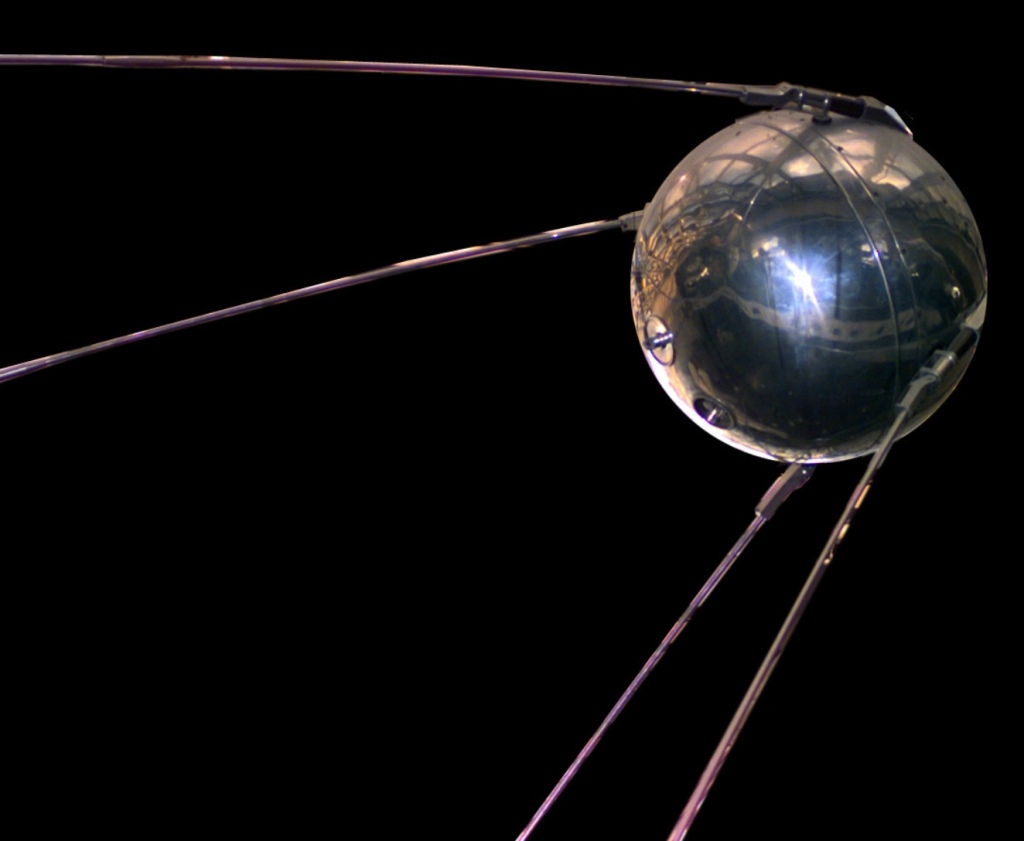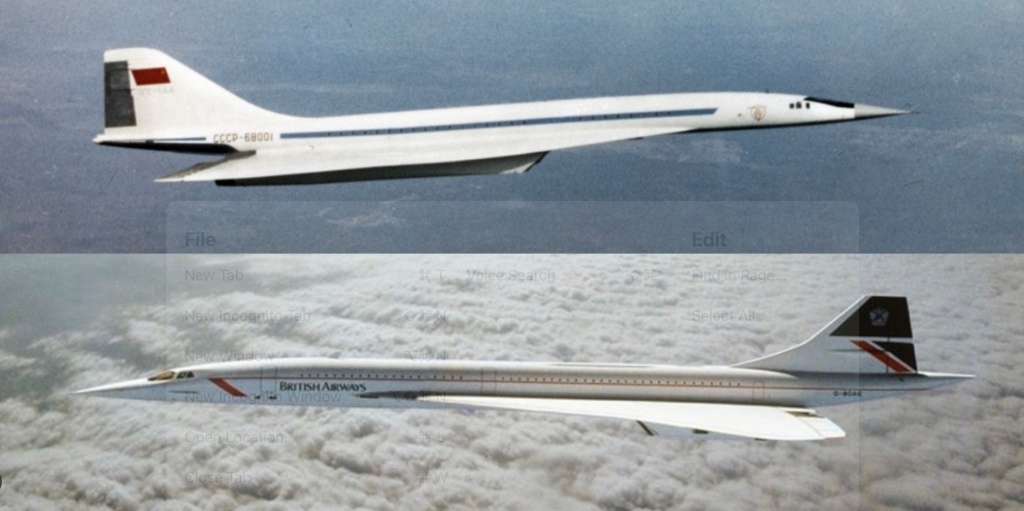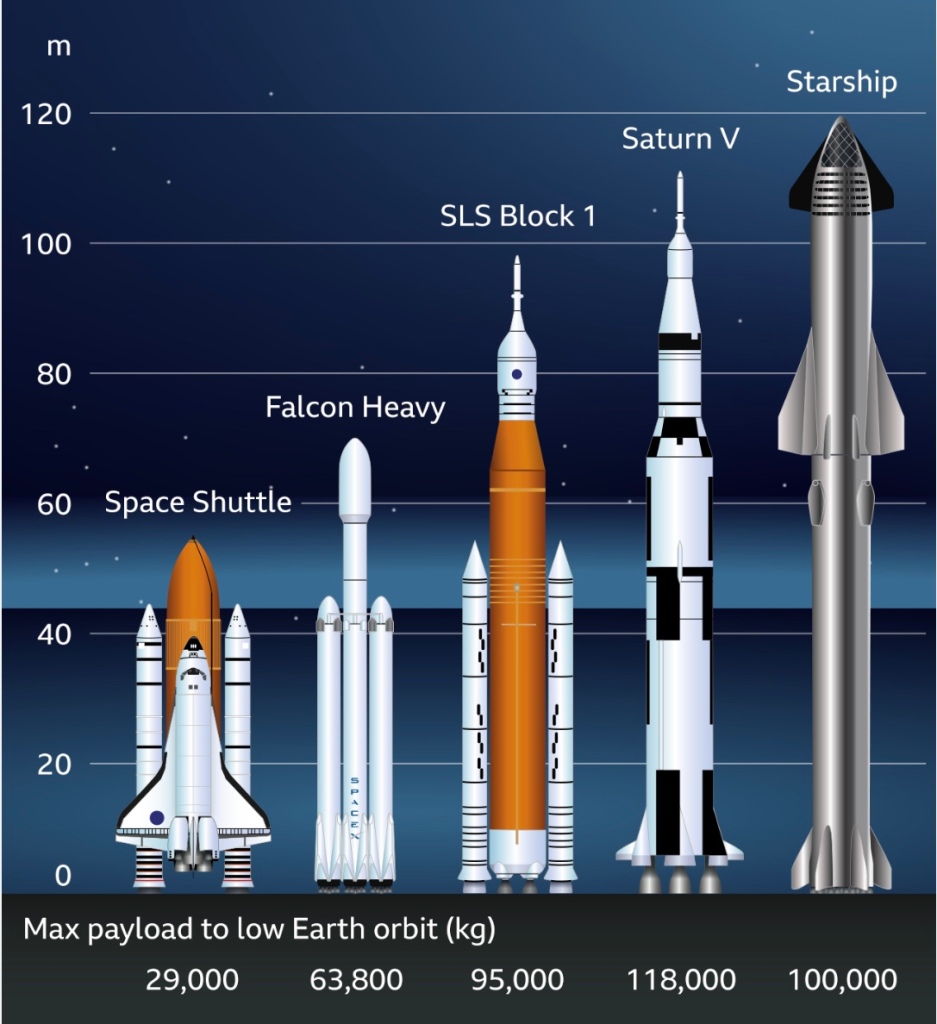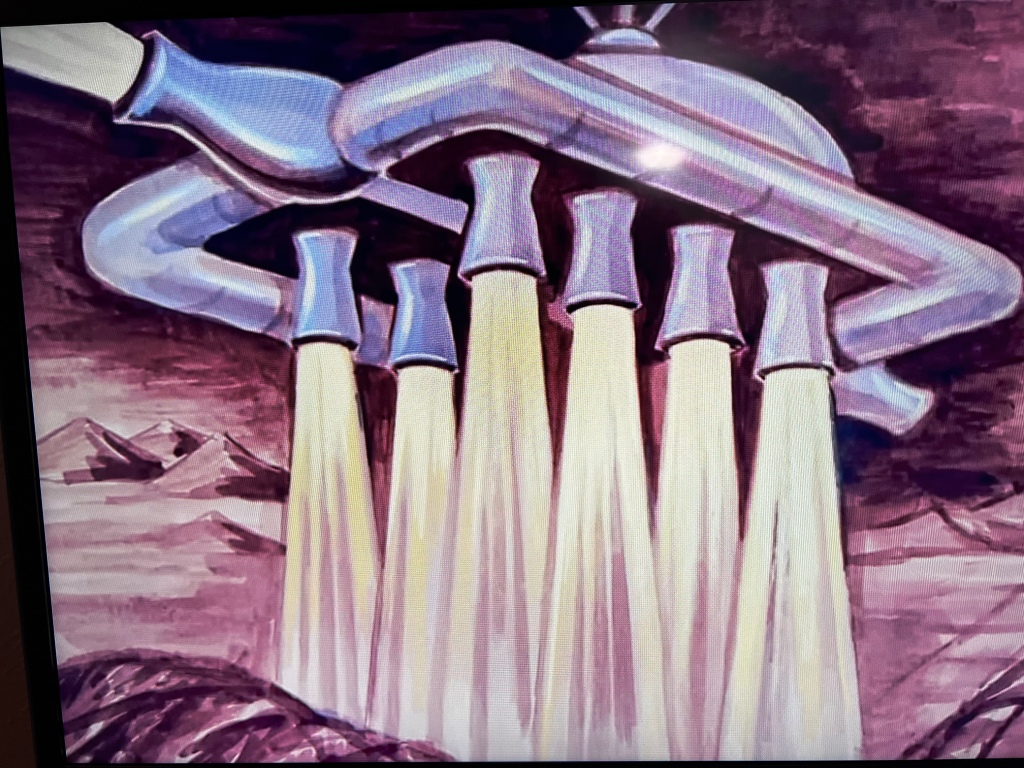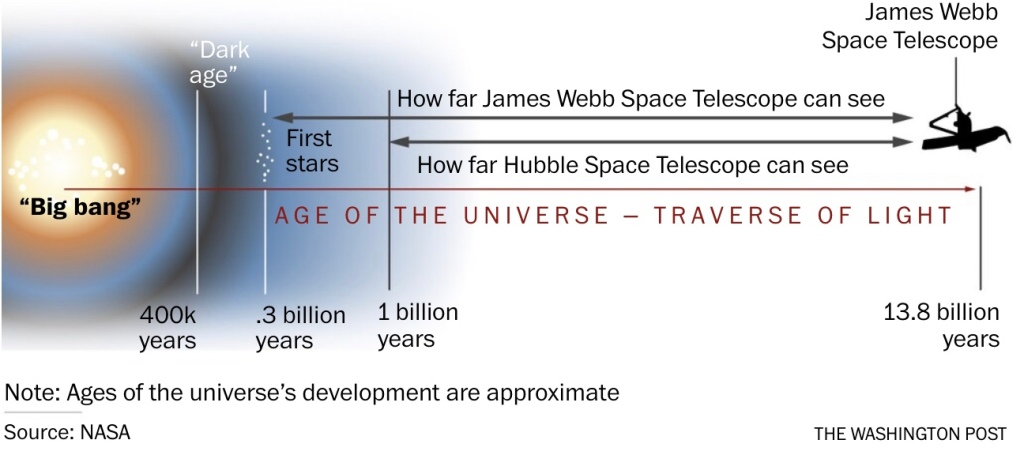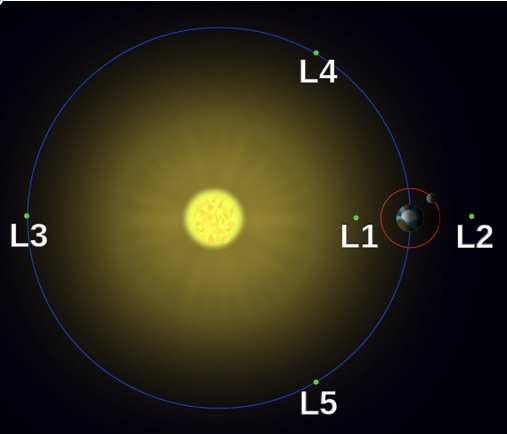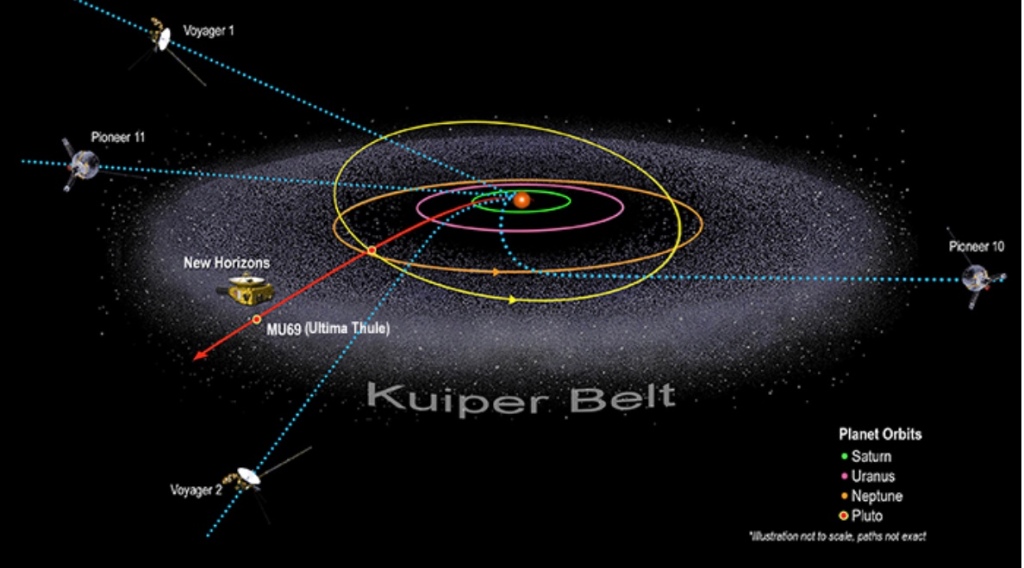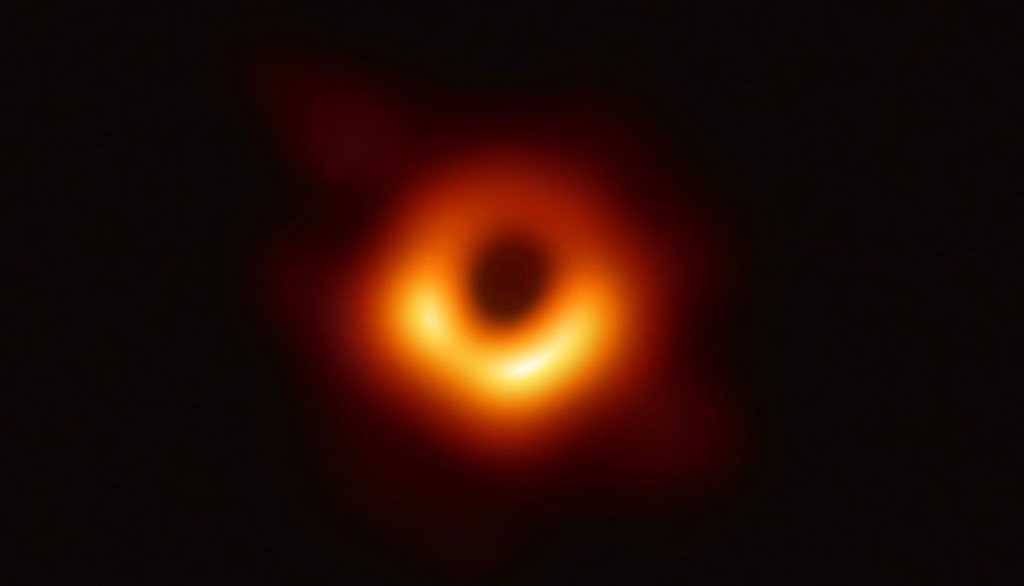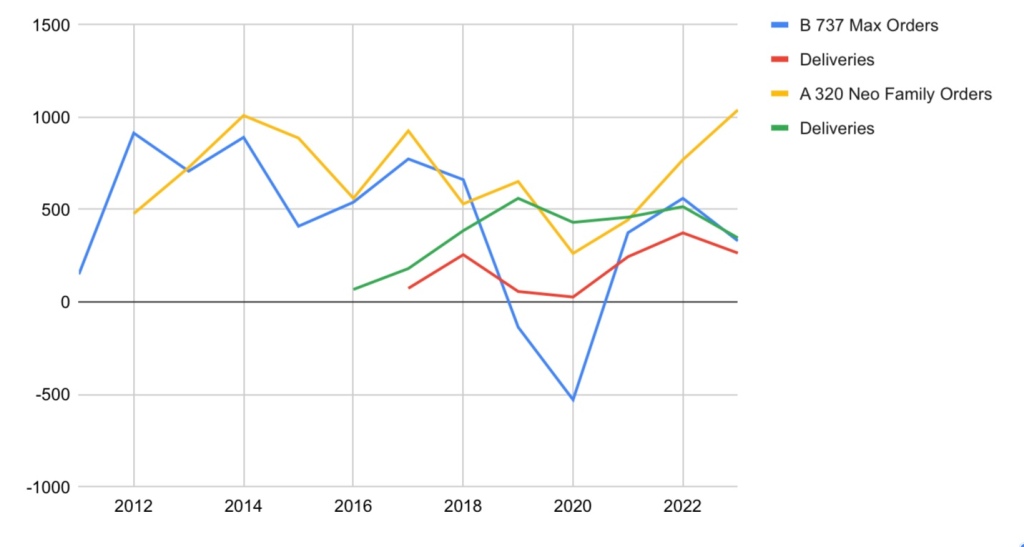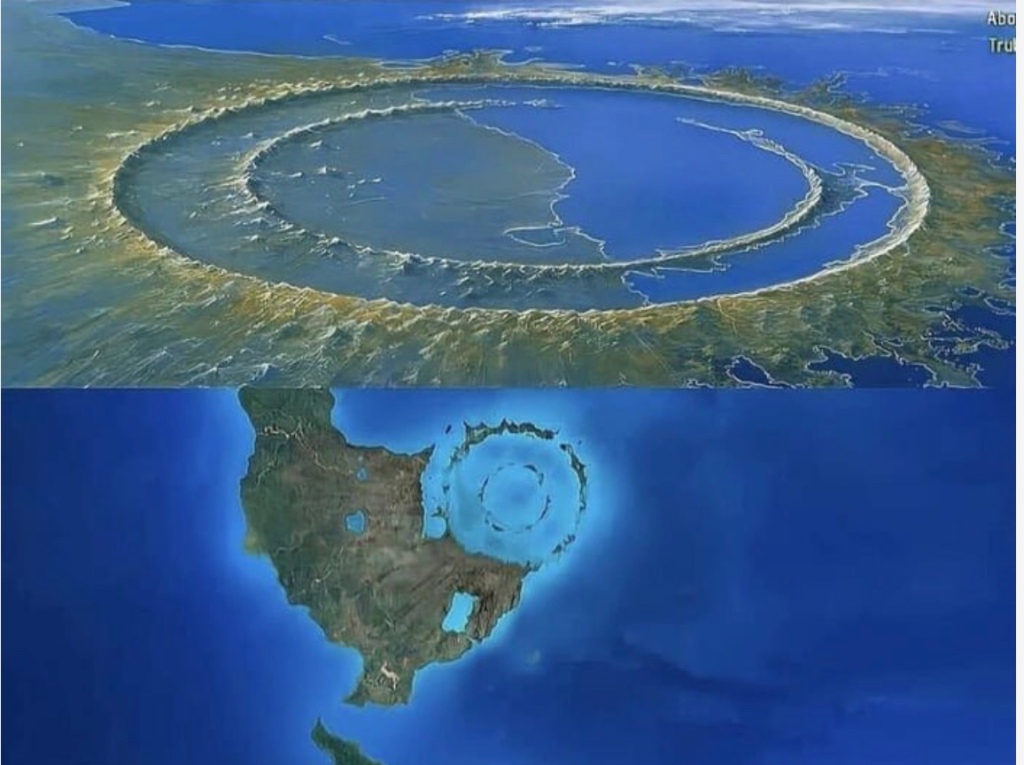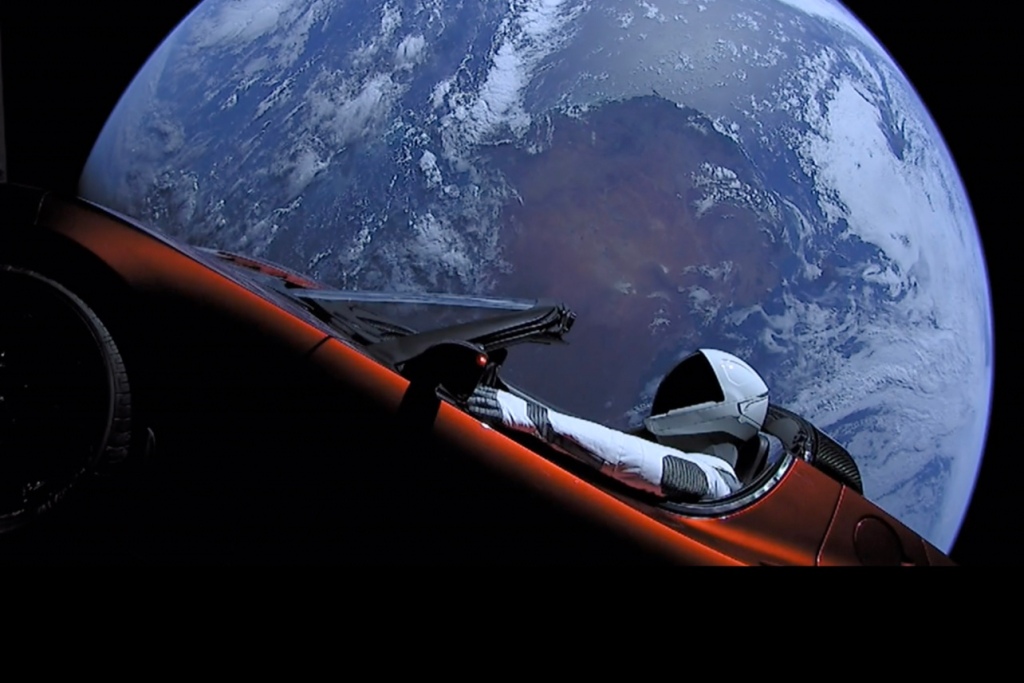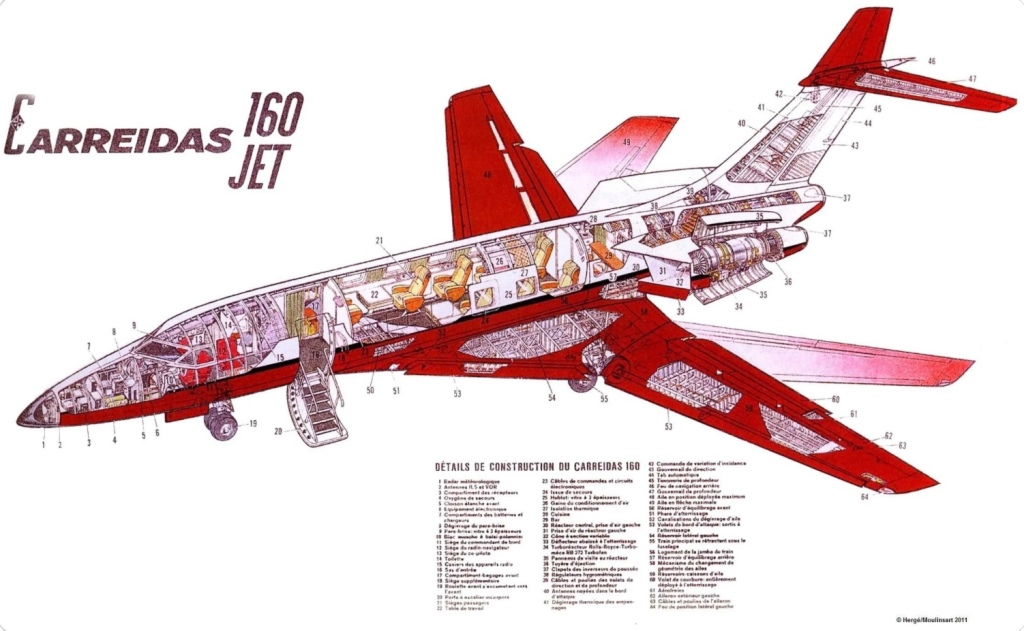Elon Musk is the latest in a long line of visionary pioneers responsible for the evolution of the concept of reusability. SpaceX is the first private organisation to do this at scale. A Falcon 9 booster with the serial number 1058 has been reused seventeen times. To track the concept of reusability, considered the Holy Grail of long term rocket technology development, we need to go back 104 years to the year 1919.
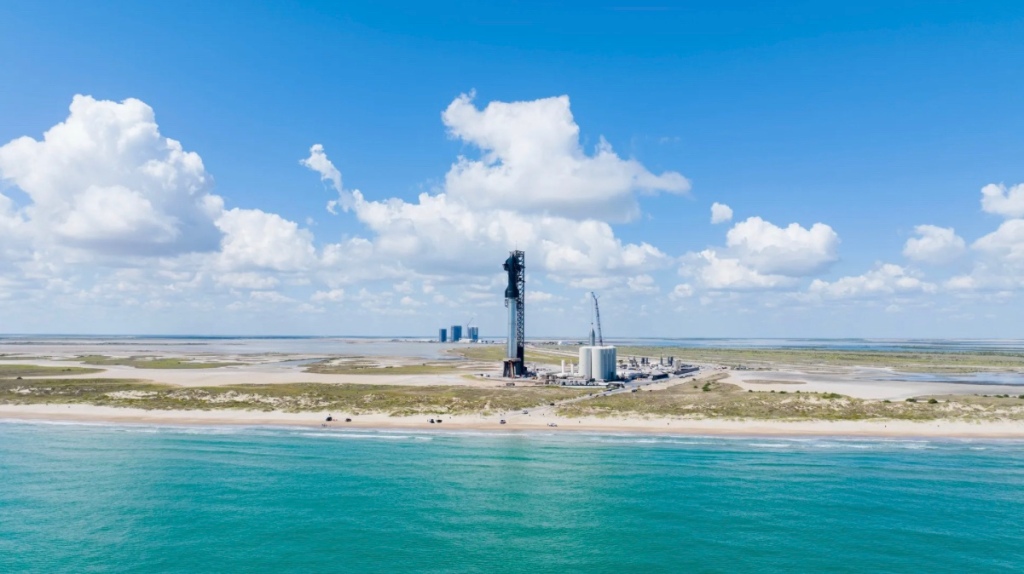
A Method of Reaching Extreme Altitudes
Dr Robert Goddard considered the Father of modern rocketry in his pioneering paper of 1919 laid out the outlines which rocketry abides by to this day.

He was the first to theorise that rockets could operate in a vacuum unlike conventional aircraft and to achieve that he highlighted Newton’s Third Law of Motion, for every action there is an equal and opposite reaction. He deacribed experiments with various types of propulsion both solid and liquid, and spoke of the need for further detailed experiments ( which he would carry on for the next twenty five years). Furthermore he was the first person to predict that rockets could get to space ( at that time the demarcation between the atmosphere and space, later known as the Karman Line was not yet clear). He was the first person to create the vision of space travel using rockets (non fiction).
For all his visionary brilliance Dr Robert Goddard never received any of the accolades showered on him posthumously. He was at various times called a madman, viewed with derision or just plain indifference. He rarely had access to funding (which if made available to him might have changed the face of the Space Race decades later). He had over two hundred patents covering rocket designs, propulsion systems and other related engineering concepts such as the stabilising Gyro patent no 1102653 from 1914.

Herman Oberth ( later considered one of the founding fathers of rocketry) published a book in 1927 called ‘ A Rocket into Planetary Space’, the timeline suggests he might have used ideas from Goddard’s 1919 paper. Oberth researched independently as well.
Charles Lindbergh, now a National Treasure after his Trans Atlantic exploit of 1927, visited Goddard’s laboratory in 1929 and expressed his support. This bought positive attention to an otherwise ignored Goddard.
The Rise of German Technology
Herman Oberth’s 1927 book created a lot of interest in Germany and whereas Goddard was viewed with derision, the Germans looked up to his ideas and formed rocket clubs. The VFRs ( translated to Society for Space Travel) were primarily based around Berlin and they experimented through the late 1920s and 30s with various aspects of rocketry such as propulsion and design. These societies were instrumental in not only contributing to rocket technology development, but nurtured several future rocket scientists, names such as Wernhard Von Braun.
From 1932 through the VFRs Wernhard Von Braun developed an all encompassing interest in rocketry. From then on he devoted the rest of his life to it. After coming to power in 1933 the Nazi party took more than a passing interest in the strides made at the VFRs. At around the same time the societies or the Nazi party using them as fronts (it’s not clear) asked for and received all of Dr Robert Goddard’s over two hundred rocketry patents, from the US Patents office for just 38 cents each!
Von Braun completed his PhD in Physics from the University of Berlin with a dissertation in rocketry in 1937, and began working on the A4/V2 program after first joining the SS as an officer at the Peenemunde rocket development facility on the German Baltic coast. His oratory skills along with his technical dedication to rocketry quickly brought him to the Nazi Party’s attention while still a hobbyist at the VFRs.
Unlike the VFRs which were impoverished and had out of work hobbyists playing around with rockets, the Nazis pretty much gave him a Carte Blanche which he used to construct the state of the art facility at Peenemunde. After almost six years of focused development an A4 demonstration to Hitler failed and the facility was almost closed down.

He had one staunch supporter, the SS General Hans Kammler, who urged him to continue his work. In August of 1943 Operation Hydra launched an air raid on Peenemunde. The damage caused to the facility took about six weeks to repair, however the Nazi high command knew the facility needed to be moved, and the decision to move to Mittelwerk Dora, into miles of underground tunnels was taken.
Here using over 60,000 concentration camp prisoners in appalling conditions research on the A4/V2 continued at pace and in June 1944 a V2 rocket became the first manmade object to get to space. (The Nazis did not normally use concentration camp labour for sensitive work, this points to the urgency of development needed.)
This achievement immediately led to an order of 12000 V2s from the Nazi Party to be used as the first missiles ever . Over 5700 were constructed and 3100 launched. The V2s themselves were responsible for only about 2500 casualties, but the Allies and Russia became very aware of a new weapon that radically changed the rules of engagement.
The tragic aspect of Mittelwerk Dora is that over 20,000 prisoners of the 60,000 allocated died at the camp. Over 200 of them hanged for sabotage (it is impossible to estimate how many lives these poor souls saved).
Once Mittelwerk fell to the Allies and Russia, they quickly divided the groups of scientists and the remaining 2600 V2 rockets (some complete, others in various stages of completion) among them to develop their own rocketry expertise.
Wernhard Von Braun a SS and Nazi Officer was brought to America as part of Operation Paperclip along with over 1000 scientists, fourteen tons of rocket research documents and approximately 100 finished V2 rockets.
Once in America Von Braun and his team were initially with the US Army as they continued with their research on rockets. They were part of the research team that fired the V2 rockets as part of high altitude experiments as the US worked on understanding the characteristics of flight in the upper atmosphere.
In 1950 the entire team was transferred to the ABMA (Army Ballistic Missile Agency) which in turn was transferred to the newly formed National Aeronautics and Space Administration (NASA) in 1958.
A Nazi Officer would become an American Hero. This part of Von Braun’s life has been debated at length, the fact is He never expressed any remorse about Nazi actions during the war and He could not have not known about the appalling conditions of the workers.
He managed to use his expertise as a bargaining chip to avoid any persecution.
The X-15 Program

Until 1957 each of the arms of the armed services had their own rocket research program and they were in direct competition with each other. On that date in 1957 when Sputnik was launched and the launch a month later of Sputnik II with Laika the dog (went on a one way ticket) was just the kick the US needed. Their attempt to launch the Vanguard TV3 (Test Vehicle 3) ended in a launchpad disaster in December of 1957. The US would finally bring in Von Braun to be on the team that finally had the first successful American satellite launch in January 1958.
The X15 program had been on the drawing boards since 1955 but little progress was made.Once the unification body NASA was formed things began to move ahead albeit slowly at first. The first flight finally happened in June 1959.
The primary objective of the X-15 program was to gather data on high speed and high altitude heating and aircraft behaviour characteristics.
The rocket powered aircraft was shaped like a cross between a missile and plane. It had hydrogen peroxide thrusters in its nose and wings which gave the aircraft maneuverability at high altitudes and speeds and as speed and altitude decreased the control surfaces came into play. The aircraft had sleds for the main landing gear that gave it the ability to handle high speed and temperature landings on a variety of surfaces.
Over 199 flights the X-15 would bring back valuable data which would later be used on the Space Shuttle and other Low Earth Orbit vehicles.

The fleet of three aircraft had their share of mishaps, casualties and miraculous escapes. Along the way the X-15 set several records, highest altitude at 354,000 feet, highest speed at 4250 mph.
The X-15 finally retired in 1968 and was the first reusable spacecraft.
The Lifting Bodies
The lifting body program ran from 1963 to 1975. They were a series of experimental aerodynamic bodies that were meant to test the handling characteristics of a small crewed reusable and cost effective spacecraft. They had no wings and the bodies looked like cones cut in half with vertical stabilisers only. The lift was generated by the body itself. They were also known as flying tubs.
The first non-powered body the M2-F1 was initially towed by a heavily modified Pontiac Catalina that got to 110 mph in 10.9 seconds. A true petrolhead car in the name of research. It was later towed by a C-47 to an altitude of approximately 12,000 feet and dropped. The craft descended at 3600 feet per minute.


Once the low speed flight characteristics were understood, the program progressed to heavier powered bodies such as the M2-F3 which was dropped from 45,000 feet by a the same B-52s that dropped the X-15 and descended at a rate of 10,000 feet a minute and topped Mach1. The other bodies were HL-10, X24, X24A & finally X24B. All of these bodies descended at 10,000 feet a minute and made precise landings on their designated runway at Edwards Air Force Base.


The data gathered from over two hundred of the lifting body flights went a great way in understanding the gliding behaviour of manned spacecraft and helped in designing the Space Shuttle.

The Moonrocket
Until the Starship Superheavy full stack of April 2023, the Saturn V rocket stack that launched the Apollo missions to the Moon and the Skylab between 1967 and 1973 was the biggest rocket by a long way. It held the record for over fifty years.
The height of 363 feet, thrust of over 7.5 million pounds and heavy lift capacity was staggering.
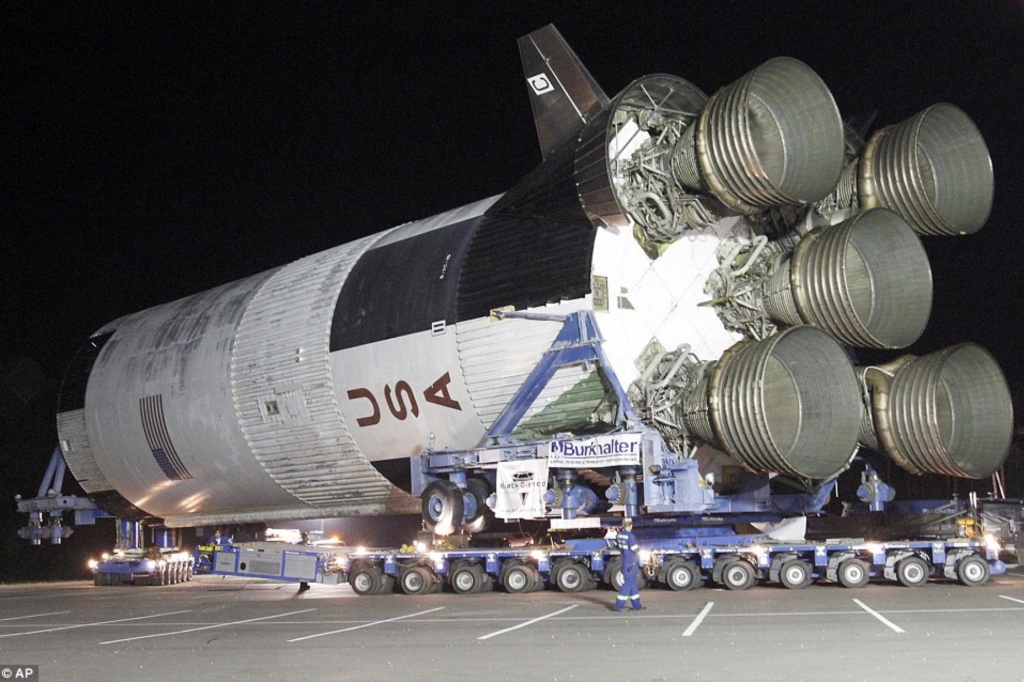
Wernhard Von Braun was at the heart of the design and deployment of this gigantic engineering wonder.
The cost of $185 million a launch in 1960s Dollars ($1.4 Billion in 2023) was staggering as well and Congress could not let this expenditure continue.
Future launches to the Moon could only happen when a more cost effective means of launch was made available.
The promise JFK made to the Nation back in 1962 was kept and Man did walk on the Moon before the 1960s was out, the project had played its part and run its course to a logical end.
The Space Shuttle
The hit single ‘ Space Truckin’ by Deep Purple from their album Machine Head of 1972 reflects the mood of the World and the decision made by the Space Task Group formulated in 1969 by Nixon and presented in 1972.
The group had to assess the future of Human spaceflight from America. The options were the Space Shuttle, the Space Station, Moon Missions, Mars Missions or the rest of the Solar System.
The committee decided to go with the Space Truck and Low Earth Orbit Infrastructure. The Skylab was already in advanced stages of completion by 1972 (it would be launched in 1973).
The concept of the Space Shuttle was to be reusable, comparatively reasonable in cost ( remember each Saturn V launch), safe and be the enabler to furthering space exploration as Mankind headed into the modalities that went into truly interplanetary travel.
While designing the shuttle was a colossal nightmare it was a success on several fronts such as being the Space Truck that not only transported about 36% of the pressurised components of the ISS (International Space Station), it not only transported the Hubble Telescope to space but also transported personnel to space to fit Hubble’s glasses on. And several other significant missions.


However it was not completely reusable. The solid fuel tank was discarded after each launch, and the side boosters needed to be thoroughly refurbished before reuse.
The Shuttle itself had between 24000 and 31000 tiles as thermal protection on them and getting them to stick and stay in place was a nightmare (the Shuttle Columbia burned up on re-entry as a result of compromised thermal protection ).
The Boosters and tank made for a complicated set up and the Shuttle launches themselves were not exactly cheap at about $500 million a launch (2011 Dollars).
The Shuttle did have a total of 135 missions and is today considered a major step in the direction of utilitarian reusability, it however needed to be more reliable and cheaper.
The Ansari X Prize
Originally instituted as the X prize in May 1996 by the multifaceted Peter Diamandis. He was inspired by the Orteig Prize of 1919, a $25,000 prize instituted by New York Hotelier Raymond Orteig for the first solo aviator to fly non stop from New York to Paris or vice versa. The prize would eventually be won by Charles Lindbergh in 1927 and the rest is history.
Diamandis realised that “such a prize updated and offered as a space prize might be just what was needed to bring space travel to the general public, to jump-start a commercial space industry”. The prize was further developed into a suborbital space barnstorming prize (a doff of the hat to the barnstormers of yore) and a prize money of $10 million was committed (backers were yet to be found). The target: The first crewed, non governmental and experimental spacecraft to launch into space twice in two weeks.
In May 2004, following a donation of $10 million by Anousheh and Amir Ansari, the X Prize became the Ansari X prize. Twenty Six Teams from around the World participated in this contest and much like the Orteig Prize that was won about eight years after it was instituted the Ansari X prize too was won by Burt Rutan and his team at Scaled Composites eight years after it was instituted. The Scaled Composites team was backed by Microsoft founder Paul Allen with a backing of $25 million.

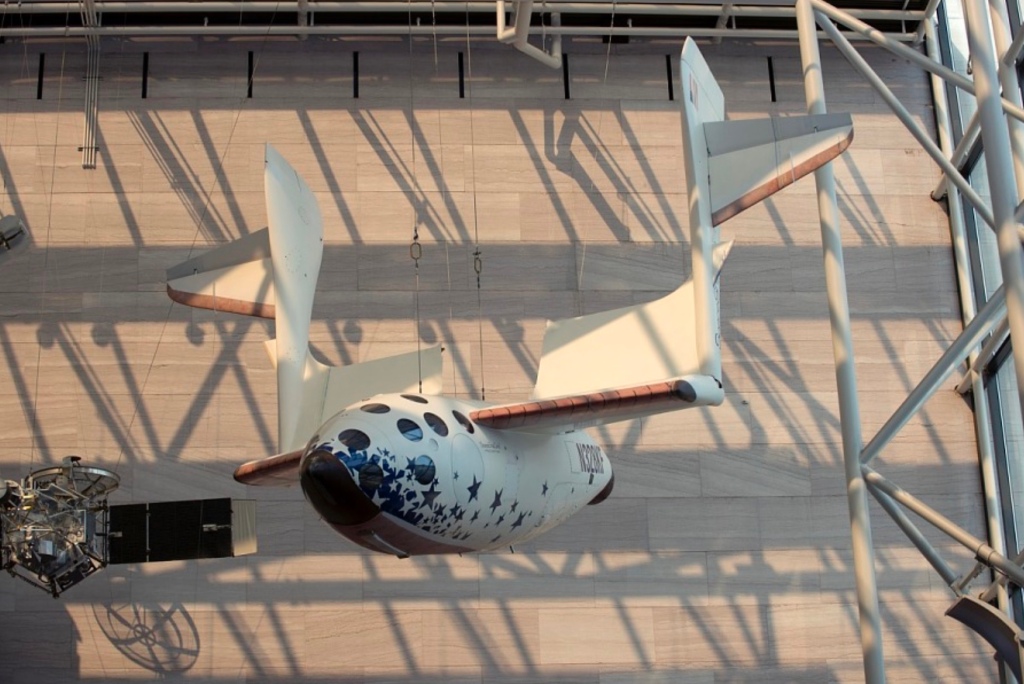
The Ansari X Prize did catalyse private commercial spaceflight and Virgin Galactic and Blue Origin stand today offering private space trips. Their rockets / planes / spacecraft are fully reusable.
The Ansari X Prize achieved its set goals much like the Orteig prize seventy five years before it.
SpaceX
The X in SpaceX and The Ansari X Prize stand for different reasons.The X in SpaceX stands for Xploration and the X prize would stand for the person’s name who put the prize money up (but that changed). Founded in 2002 by Elon Musk, the goals of SpaceX were Cheaper space exploration (reusability the holy grail of rocketry), commercial spaceflight,Colonizing Mars (that’s the big one), and contracting NASA.
After nearly bankrupting Musk today SpaceX stands as a giant among the next age breed of private space companies, they have achieved scale of launches with a significant reusability and 99.3% success rate (2023). Today watching the Falcon 9 rockets land back on Earth is nothing short of magical.



They launched their first private spaceflight with an all civilian crew in September 2021 led by Jared Issacman . The mission was billed as a fundraiser for St Jude’s hospital and raised over $243 million. Issacman is reputed to have paid $100 million and Musk topping up another $50 million and other public donations. This mission was a significant step as it proved all civilian crews could fly to space and back and highlighted equipment reliability and autonomy.
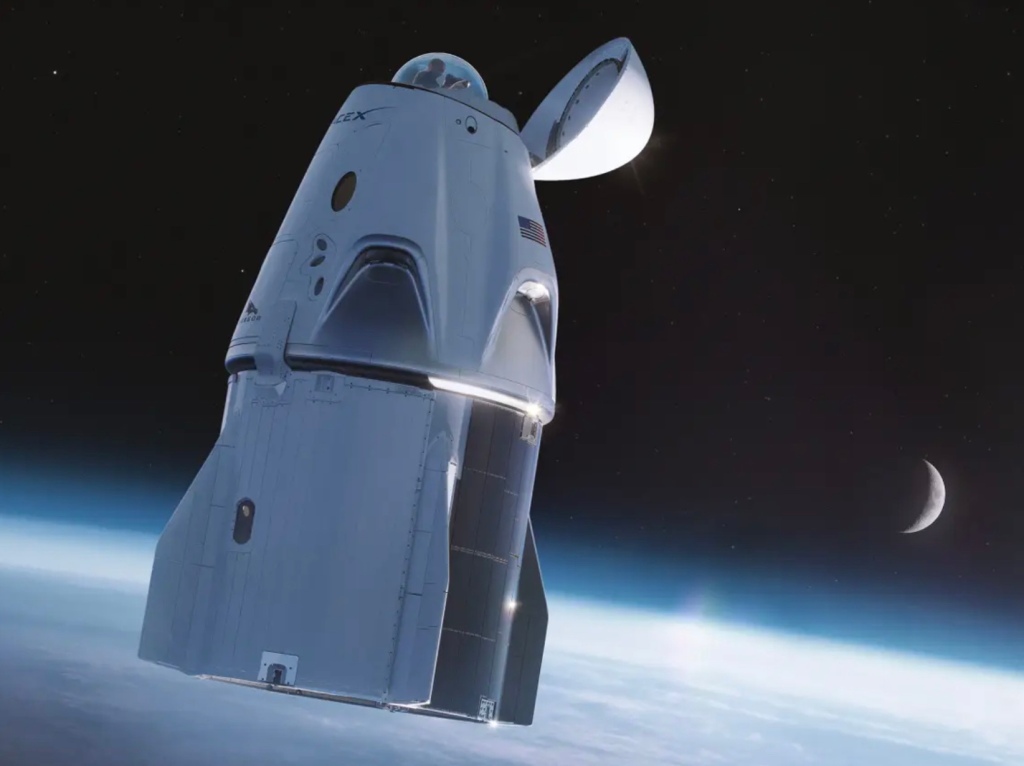
The Starship/Superheavy full stack is today the largest rocket fullstack ever set up. While costs are not available, estimates per stack vary between $60 million and $200 million. This puts the cost in a similar ballpark to what the Saturn V stack cost in 1969! Furthermore the full stack offers a significant percentage of reuseability.
SpaceX have truly proved reusability on an industrial scale and continue to break fresh ground with almost every launch. For 2023 SpaceX plans 100 launches and has already completed over 70 with a very high success rate as of October 05,2023.
The Reusability Component Summation
Reusability the Holy Grail of rocketry has paved the way for an entirely new generation of experimental and commercial space craft. The current crop of experimental and commercial spacecraft today are a linear build up of knowledge from Goddard to Oberth to Von Braun and the gutsy test pilots , innumerable engineers and support staff (starting with Esther Christine, Goddard’s wife of over 40 years) who made Spaceflight what it is today….Reusable!

